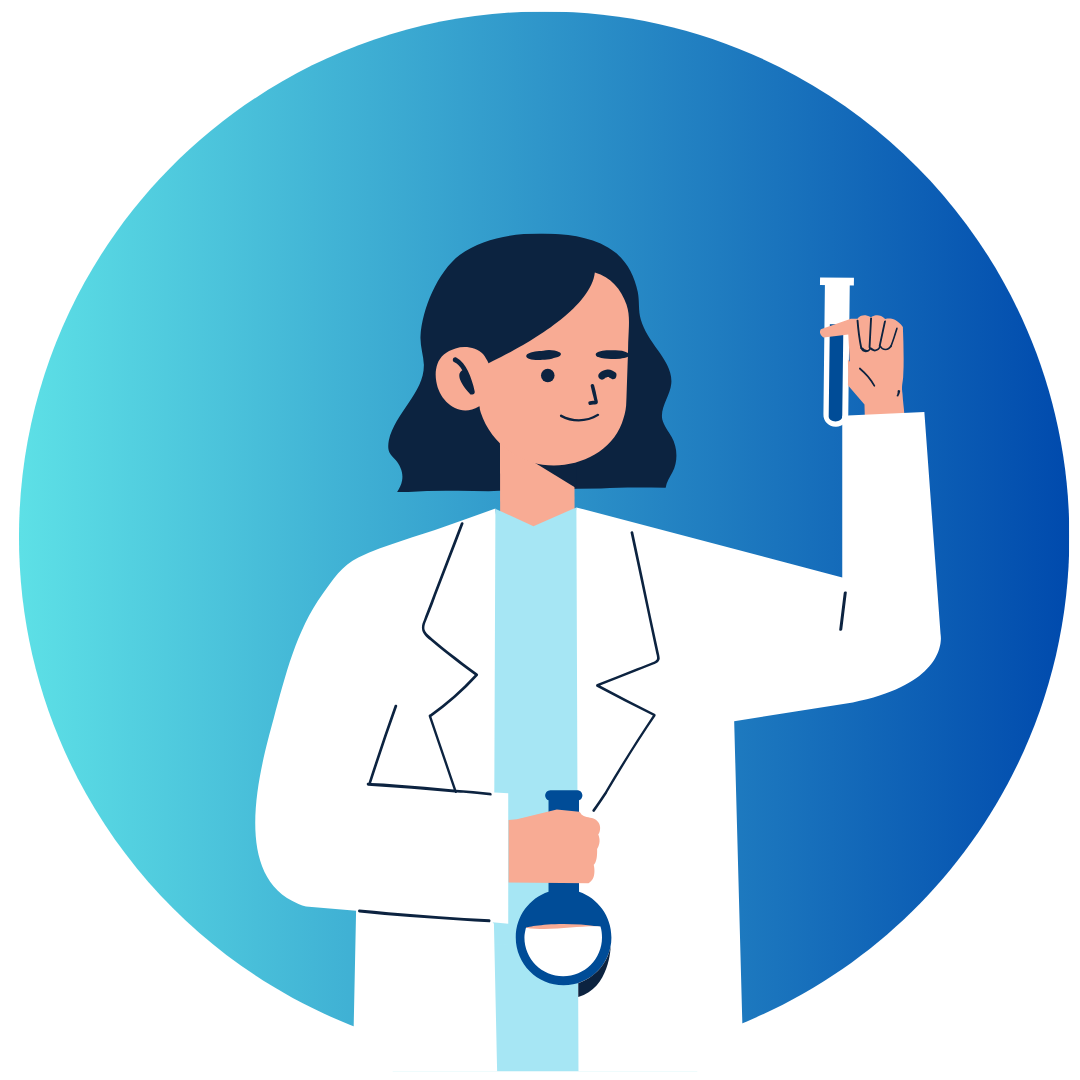
Over the course of this year we will be responding to common microbiome myths. Do you have any microbiome related questions or topics you are interested in? Get in touch and we will try to respond in a future microbiome myths article.
“The majority of the human microbiome cannot be cultured.” |
 |
Over recent years, developments in laboratory technology have allowed previously “unculturable” microbes to be cultured. Anatomical sites, such as the human gut, have such specific conditions that it has been challenging to achieve the required nutrient availability, pH, temperature, oxygen levels, etc. Anaerobic workstations are an example of laboratory equipment that has improved over the decades, providing easy manipulation of oxygen and other environmental parameters to reproduce physiological conditions. Discovered in 2004, Akkermansia muciniphila is now recognised as a key gut microbe, with increasing numbers of studies assessing its role in overall health. Had scientists admitted defeat in culturing A. muciniphila, we would not have been aware of its potentially therapeutic effects or its influence on interactions such as the gut-brain axis.
 |
|
Historically, it was believed that the number of microbes in the microbiota outweighed our human cells 10:1, but recent research has shown the actual figure is roughly 1:1. Of course, this number is an estimate, and everyone has their own individual distinct microbiome, so this will vary person to person. Our microbiome is so unique that even identical twins have different microbiomes.
“We inherit our microbiome from
|
 |
We do inherit some of our microbiome from our mother, so this statement is not wholeheartedly false, but our microbiome is formed through a lot of environmental contact and factors such as antibiotic treatment and diet. For example, at birth, our microbiome begins to diversify, and this process increases once babies move onto solid foods.
Written by DWS microbiologist Kirsty McTear


 en
en


 xEnglish
xEnglish